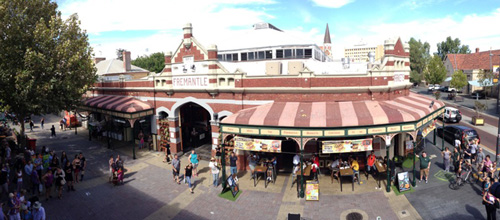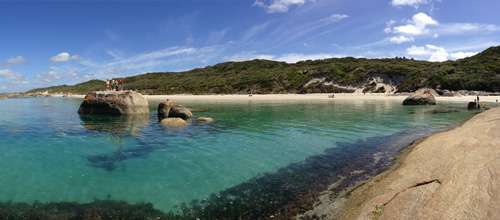
Whales of the Coast
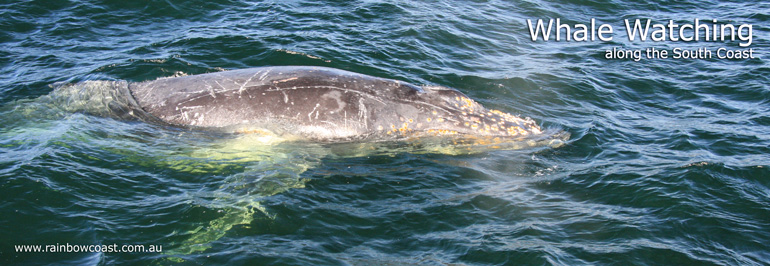
Each year tourists from around the world visit the south coast to catch a glimpse of the whales. The Great Southern Ocean is home to a huge whale population who breed and feed in the bays.
These beautiful creatures pass us during their migration as they travel between the warmer northern waters and the cooler seas surrounding Antarctica.
The Southern Ocean Whale Sanctuary, adopted by the International Whaling Commission in 1994, provides long-term protection to the feeding grounds of almost three quarters of the world's remaining whales.
Many whale species can be found off of the Rainbow Coast including the Humpback and Southern Right Whales most prominently. We have included a mini Whale Encyclopedia of Whales on the Rainbow Coast. Click here to learn about the Whale Species of the Southern Ocean.

Southern Right and Humpback whales head for the bays during early winter and spring when they arrive to give birth before returning to the Antarctic waters to feed for the summer months.
Whale Watching in Albany, WA
If you are coming to Albany to watch the Whales, we recommend booking your whale watching tour in advance.
Whale Watching is a fantastic way to spend the morning or afternoon. The King George Sound is a sheltered harbour offering two passages to the Great Southern Ocean.
The whales come and go in these sheltered water and it is unusual to go out and NOT see these humble, giant creatures. The great Humpback whales typically migrate up to 25,000 kilometres each year as they migrate between Antarctica and Australia.
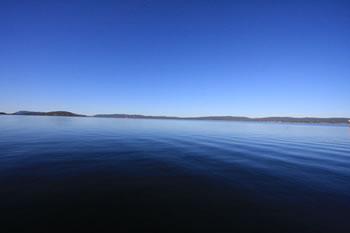
If you are interested in Whale Watching, you can find a Map to the Albany Pier [click here] where you will find the two whale-tour operators. Ample parking and toilets at the pier.
Humpback Whale
Humpback Whale
Length: 14 -19 metres long with calves approximately 5 metres.
Weight: 25 - 40 tonnes (40,000 kilograms)
Speed: 8 kmph (4 knots)
The Humpback whale is a beleen whale, which means it has baleen plates for filtering food from water, rather than having teeth.
They are a common sound in 'whale song' tapes and CDs. More information on Humpback Whales can be found at Wikipedia, the free encyclopedia. Visit the ACSonline for more about Humpbacks. These great mamals were once hunted to the brink of extinction.
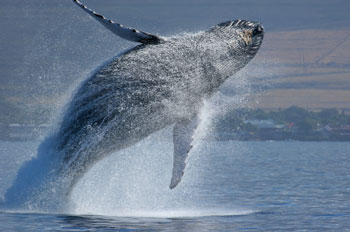
Sperm Whales ~ (Physeter macrocephalus)
Sperm
Whale
Length: Male 15 – 20m Female 14m
Weight: Male 35 tonnes Female 19 tonnes
The sperm whale (Physeter macrocephalus) is the largest of all toothed whales, making them the Earth's largest living carnivore and largest living toothed animal. They feed on squid and fish, diving as deep as 2,200 metres (7,200 ft) in order to obtain it, making it the deepest diving mammal in the world.
Sperm whales are easily recoginised by the rectangular head shown in drawings of Herman Melville's "Moby Dick."
More information on Sperm Whales can be found at Wikipedia, the free encyclopedia.

Southern Minke Whale
Minke Whale
Length: Adult 8 – 10m Calf 3m
Weight: Adult 8 tonnes Calf .45 tonnes
Speed: 25 kmph (13 knots)
Minke whales arch their backs while diving but do not raise their tail flukes. They can live up to 60 years.
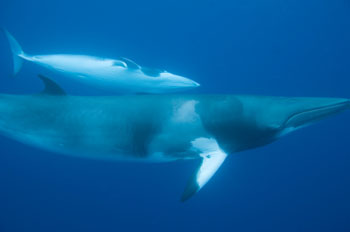
The Orca (Killer Whale)
The Orca whale belongs to the oceanic dolphin family and is found all around the world. They are seasonal visitors to the Rainbow Coast. Orcas live in pods (groups) of between 2 and 40. Each group includes at least one large male. Their social behaviour is worth noting, as it points us to another intelligence evolving in the largest of the dolphin family.
"The paper "Culture in Whales and Dolphins", goes as far as to say, "The complex and stable vocal and behavioral cultures of groups of killer whales (Orcinus orca) appear to have no parallel outside humans and represent an independent evolution of cultural faculties."
~ Wikipedia

Helping a stranded whale - How to assist
Helping a stranded whale:
Whales and dolphins can become stranded on the beach. If you find a stranded whale or dolphin, please contact The Department of Fisheries at: ALBANY REGIONAL OFFICE on 08 9841 7766
Suite 7, Frederick House, 70-74 Frederick St, Albany, WA, 6330
What can I do?
- Look for signs of movement.
- Be gentle.
- Protect the whale from the sun if possible.
- Pour cold water on the skin, especially the flippers and fluke.
- It may be possible to return a small whale to the ocean using a sling of canvas or towe1s. Carry it into the water and keep its blowhole above the surface until it can swim.
Southern
Right Whale
(Eubalaena australis)

Right Whale
Length: Adult 15 – 18m Calf 5.5m
Weight: Adult 54 - 96 tonnes
Speed: 4 kmph (2 knots) – 10kmph (5 knots)
These whales are called 'right' whales because they were the 'right' whale for whalers to hunt. They were slow, and thus hunted easily. There are now only 7,500 Southern Right Whales spread throughout the Southern Hemisphere. Since hunting of the Southern Right Whale ceased, their numbers are estimated to have grown by 7% a year.
The Southern Right whale uses the sheltered beaches along the Rainbow Coast to birth their young - usually from July to October.
More information on Southern Right Whales can be found at Wikipedia, the free encyclopedia.
SAVE THE WHALES - AGAIN!
"Dad, what's a 'whaling boat' for?
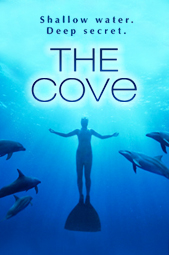 It was quite a conversation to have with my children... to answer their innocence with the truth was too horrendous. I can't really believe it myself... what a whaling boat is actually for. I couldn't let them know what humans have done to the whales, not at such a young age...
It was quite a conversation to have with my children... to answer their innocence with the truth was too horrendous. I can't really believe it myself... what a whaling boat is actually for. I couldn't let them know what humans have done to the whales, not at such a young age...
So, I spun a tale of 'Whale Research Boats' filled with people who are actively caring for the whales. (That made sense both to us and to them. Ships that are designed to CARE for this great species!)
It turns out this is exactly the same tale Japan, Iceland and Norway have been feeding to the public (yes, the adults!) for years. The story covers up the fact that these countries are STILL slaughtering whales, dolphins and porpoises. Ick! How careless we've become with our friends from the sea.
Rainbow Coast Web Design is active in the campaign against such 'mock research' and hopes you'll do your part to ensure we never again slaughter the whales...!
Whaling? A Tourist Attraction?
We do not find it very appealing to discuss, except to point out its brief history and to oppose those still 'hunting' whales in the open ocean in outher countries. I am glad Australia awoke from that 'necessity' many years ago. We love Australia. To the rest of the whaling countries: Let the ocean animals be!
JAPAN STILL WHALING DESPITE SANCTUARY:
The Southern Ocean Whale Sanctuary was established by the IWC in 1994 with 5 countries supporting the agreement and Japan opposing it. The status of the Southern Ocean Sanctuary is reviewed and open to change by the IWC every 10 years. During the 2004 meeting a proposal was made by Japan to remove the sanctuary, but it failed to reach the 75% majority required (it received 25 votes in favour and 30 votes against with two abstentions).
As sanctuaries only apply to commercial whaling, Japan has continued to hunt whales inside the Southern Ocean Whale Sanctuary because its whaling is done in accordance with a provision in the IWC charter permitting whaling for the purposes of . Japan also lodged a formal objection to the sanctuary with regard to minke whales, meaning that under IWC rules, the terms of the sanctuary do not apply to Japan with respect to minkes. The catch of the 2005 season (Dec 05-Mar 06) inside the sanctuary included 856 minke whales and ten of the endangered Fin whale. In 2007 - 2008 Japan planned to take 935 minke whales and 50 fin whales.
(*source Wikipedia Southern Ocean Whale Sanctuary)
History of Whaling in WA
Whaling in Western Australia was one of the first viable industries established in the Swan River Colony following the arrival of British settlers in 1829. The industry had numerous ups and downs until the last whaling station closed in Albany in 1978.
There are two main species of whales (order Cetacea) which form aggregations along the Western Australian coastline: the Southern Right Whale (Eubalaena australis), and the Humpback Whale (Megaptera novaeangliae). The Southern Rights are slow swimmers and their carcases tend to float due to the high concentration of oil in the blubber - hence the name "right" as it made the task of the whale chasers easier. Its conservation status is now listed as "endangered" as result of more than 150 years of hunting.
Both species migrated along the north-south coastline stopping in bays such as Geographe Bay (east of Cape Naturaliste) and Flinders Bay (east of Cape Leeuwin) for mating and breeding. Other species occasionally caught were Sperm Whales and Blue Whales, although these tended to be seen mainly along the southern coast of Western Australia.
(*This brief history of the Western Australian Whaling 'Industry' can be found on wikipedia: Whaling in Western Australia )
That's as much as we're happy to say about reliving the whaling past. Yes, it may be a part of our history but we're not into it. ~ Editor
Current Weather on the Coast
Weather in Albany
Weather in Denmark
Weather in Walpole
Additional resources for visiting the Rainbow Coast:
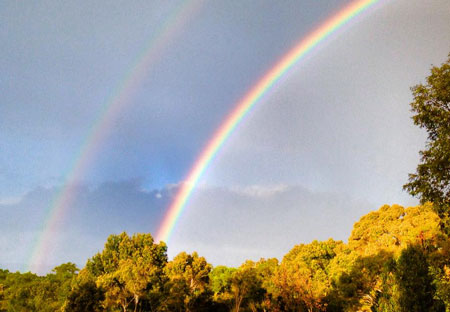 South Coast Weather
South Coast Weather The climate of the Rainbow Coast is considered to be "the best in the world," according to those who live here. Visit South Coast Weather
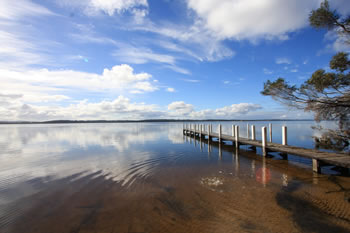 Seasons of the Coast
Seasons of the Coast You will find a Seasons Calendar with Wildflower and a Whales to help you plan your visit to the South Coast - The Rainbow Coast! Visit Seasons of the Coast
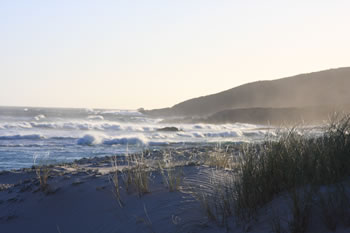 South Coast Beaches Map
South Coast Beaches Map South Coast Beaches from west of Walpole to East of Albany all on one map! Visit South Coast Beaches Map

